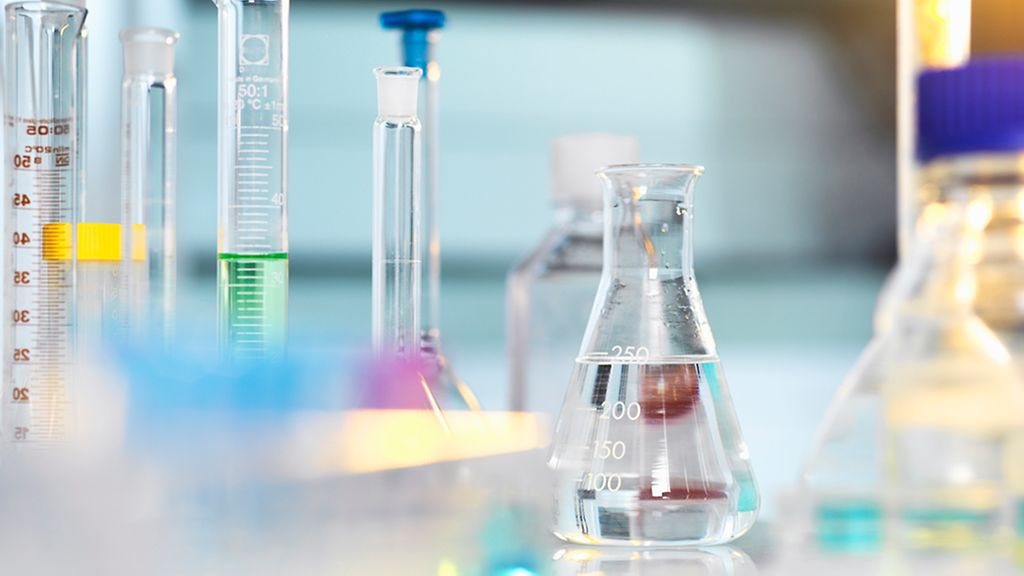Graphite, a naturally occurring form of carbon with unique physical properties, has carved out a critical niche in various industrial and technological applications. Its exceptional electrical conductivity, high thermal stability, and lubricating properties make it indispensable in multiple sectors. This article delves into ten prominent uses of graphite, illustrating its diverse applications and the innovations driving its utilization.
- Battery Anodes
Overview: Graphite is a crucial component in the anodes of lithium-ion batteries, which power a vast array of devices from smartphones to electric vehicles (EVs).
Mechanism:
- Intercalation: Graphite’s layered structure allows lithium ions to intercalate between its layers during charge and discharge cycles, facilitating efficient energy storage.
- Conductivity: The high electrical conductivity of graphite enhances battery performance by improving charge and discharge rates.
Benefits:
- Enhanced Energy Density: Graphite-based anodes contribute to higher energy density, providing longer-lasting power for electronic devices and EVs.
- Extended Battery Life: The stability and conductivity of graphite extend the lifespan of batteries by supporting numerous charge-discharge cycles.
Future Developments:
- Graphene Integration: Research into integrating graphene, a derivative of graphite, aims to further enhance battery performance and capacity.
- Lubricants
Overview: Natural graphite’s lubricating properties are leveraged in various industrial applications to reduce friction and wear.
Mechanism:
- Layered Structure: The layers of carbon atoms in graphite slide over each other, creating a smooth lubricating effect.
- Thermal Stability: Graphite maintains its lubricating properties at high temperatures, making it suitable for extreme conditions.
Benefits:
- Reduced Wear: Graphite-based lubricants decrease friction, which extends the lifespan of machinery and components.
- Versatility: Used in high-speed bearings, automotive parts, and industrial processes.
Innovations:
- Nano-Graphite: The development of nano-graphite particles aims to enhance lubrication efficiency and performance.
- Refractories
Overview: Graphite is used in refractories, materials designed to withstand high temperatures and corrosive environments.
Mechanism:
- Thermal Conductivity: Graphite’s high thermal conductivity helps manage heat effectively, protecting industrial equipment.
- Chemical Resistance: Its chemical stability ensures resistance to various chemical reactions.
Benefits:
- Durability: Graphite-based refractories provide extended service life in high-temperature processes, such as metal smelting and glass manufacturing.
- Cost-Effectiveness: Reduces the need for frequent replacements and maintenance.
Future Prospects:
- Advanced Designs: Innovations in refractory materials incorporating graphite aim to enhance performance and reduce costs.
- Electrical Conductors
Overview: The high electrical conductivity of graphite makes it an ideal material for electrical contacts and conductors.
Mechanism:
- Conductive Properties: Graphite’s efficient electrical conductivity ensures stable and low-resistance electrical connections.
Benefits:
- Reliable Performance: Graphite-based electrical components offer stable performance in electronic devices and electrical systems.
- Longevity: Durable and resistant to wear, reducing maintenance requirements.
Technological Advancements:
- Enhanced Conductivity: Ongoing research aims to further improve the electrical conductivity of graphite for specialized applications.
- Nuclear Reactors
Overview: Graphite is used as a moderator in nuclear reactors, slowing down neutrons to sustain nuclear reactions.
Mechanism:
- Moderation: Graphite’s ability to slow down neutrons helps control the nuclear reaction, ensuring efficient energy production.
Benefits:
- Safety and Efficiency: Contributes to the safe and efficient operation of nuclear reactors, supporting nuclear energy generation.
Future Prospects:
- Reactor Designs: Research into advanced reactor designs incorporating graphite aims to improve safety and efficiency.
- Pencil Lead
Overview: Graphite has been used for centuries as the core material in pencils due to its ability to mark paper easily.
Mechanism:
- Graphite Mixture: Pencil leads are made from a mixture of graphite and clay, with the ratio determining the hardness of the pencil.
Benefits:
- Versatility: Graphite pencils are used for writing, drawing, and various artistic applications.
- Cost-Effectiveness: Provides a low-cost solution for everyday writing and drawing needs.
Innovations:
- High-Quality Pencils: Advances in graphite formulations have led to improved performance in artistic and technical pencils.
- Graphite Composites
Overview: Graphite is used in composite materials to enhance their properties, including strength, thermal conductivity, and electrical conductivity.
Mechanism:
- Reinforcement: Graphite’s inclusion in composites provides reinforcement, improving the material’s overall performance.
Benefits:
- Enhanced Properties: Graphite composites offer improved mechanical strength and thermal stability, useful in aerospace, automotive, and sporting goods.
Future Developments:
- Advanced Materials: Research into new composite formulations continues to expand the range of applications for graphite composites.
- Carbon Nanotubes
Overview: Carbon nanotubes, derived from graphite, are cylindrical nanostructures with remarkable mechanical and electrical properties.
Mechanism:
- Nanostructure: Carbon nanotubes exhibit exceptional strength, electrical conductivity, and thermal stability.
Benefits:
- Technological Innovations: Used in various applications, including electronics, materials science, and nanotechnology.
Future Prospects:
- Commercial Applications: Ongoing research explores new applications and commercial viability of carbon nanotubes.
- Heat Shields
Overview: Graphite is used in heat shields to protect surfaces from extreme temperatures, particularly in aerospace and industrial applications.
Mechanism:
- Thermal Insulation: Graphite’s thermal properties make it effective at insulating and protecting against high temperatures.
Benefits:
- Protection: Ensures the integrity of surfaces exposed to extreme heat, such as spacecraft and high-temperature industrial equipment.
Innovations:
- Advanced Shielding: Research into advanced heat shielding materials continues to enhance performance and durability.
- Water Purification
Overview: Graphite is utilized in water purification processes due to its high surface area and adsorption capabilities.
Mechanism:
- Adsorption: Graphite’s porous structure allows it to adsorb impurities and contaminants from water.
Benefits:
- Effective Purification: Provides a cost-effective and efficient solution for improving water quality.
Future Prospects:
- Enhanced Purification Systems: Development of advanced purification systems incorporating graphite aims to improve water treatment processes. Conclusion
Graphite's unique properties make it an invaluable material with diverse applications across various industries. From energy storage solutions and industrial lubricants to advanced composites and water purification, graphite's versatility is evident. As technology progresses and research continues, the potential uses of graphite are expected to expand, offering innovative solutions and driving advancements in multiple fields.

